Are you looking for ways your landscaping can help with your fly or insect problem? Just plant these annuals and perennials to tell those flies they are no longer welcome at your property!
Sweet Basil
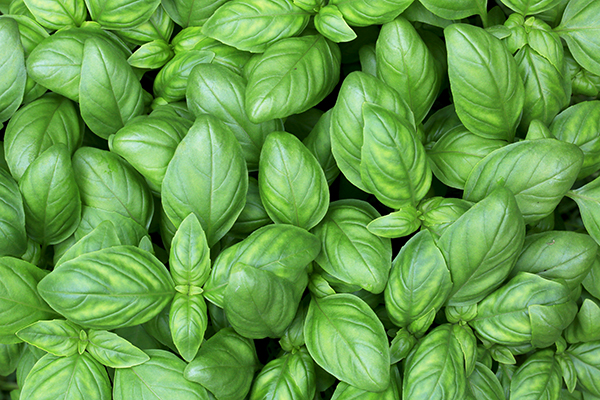
Basil is officially considered an annual plant, although it can reseed itself in warmer climates if allowed to bloom. It loves hot weather, so always wait until all danger of frost is past before planting in the garden in the spring. Since this is a plant that thrives in patio pots, adding some to your summer flower arrangements near areas of home or barn entry can help keep the worst of your flies away. Make sure to keep the plant from flowering otherwise it will not be as effective! Simply snip off leaves and branches when it starts to send out flowering stalks to allow for new growth. (It is also great for culinary dishes and beverages as an added bonus!)
Lavender

Not only is lavender GORGEOUS (and one of our favorite plants), it aids in fly repellant! Both the leaves and flowers are fragrant and ward off many types of insects, flies included. Lavender comes in quite a few different varieties to fit your climate needs and growing spaces. But keep in mind if the roots freeze, the plant will lively not come back the following year.
Rosemary

If you are looking for a plant that takes up a lot of space, Rosemary might be what you are looking for. It grows in heights of 3-4 feet and up to 5 feet wide. Because of it’s heady scent, rosemary is a popular flavor and aromatic herb to use in many culinary dishes and beverages. These properties are also the same that keeps away many flies as it is the leaves that put forth the most scent. Plants can be grown in containers on a patio and shaped into ornamental pyramids, grown in herb gardens or planted in landscaped beds.
Lemon Grass
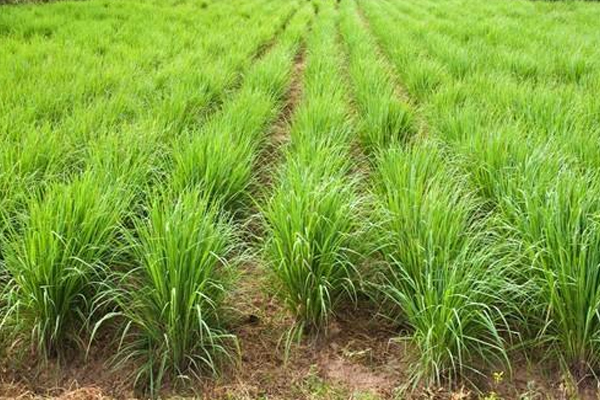
Citronella is a natural oil found in lemongrass, an ornamental that can grow up to 4 feet tall and 3 feet wide in one season. (It’s worth noting that lemongrass isn’t just the name of one plant; it’s the umbrella name for plants in the Cymbopogon family, which also includes citronella grass.) Lemongrass is especially effective at warding away mosquitos.
Mint

Mints are hardy, rapid growers and self-pollinate through runners. For this reason we recommend planting them in pots, otherwise they can take over your yard before you know it. The mint family includes peppermint, spearmint, sweet mints, citrus mints, and even chocolate mints! But what they all have in common is the ingredient mentha, which is what makes it so potent against many insects, flies included.
Woodruff
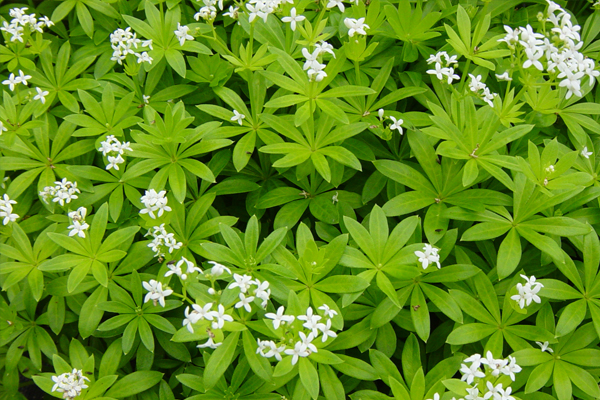
Sweet woodruff spreads by runners. In moist soil, it can spread very quickly and can become invasive in the right conditions. It is often recommended that you plant sweet woodruff ground cover in an area that you would not mind seeing naturalized by sweet woodruff. This plant will only grow to 10 or 12” in height, but it’s umbrella-like leaves, and white delicate flowers are a favorite in shade gardens because of its sweet, fresh scent.
Eucalyptus

Eucalyptus is a genus of over seven hundred species of flowering trees, shrubs or mallees in the myrtle family, Myrtaceae. It can produce a strong scent that can deter flies and other insects and interestingly enough it was registered in the U.S as an insecticide and miticide in 1948, which is why it can be so handy to have around.
Catnip
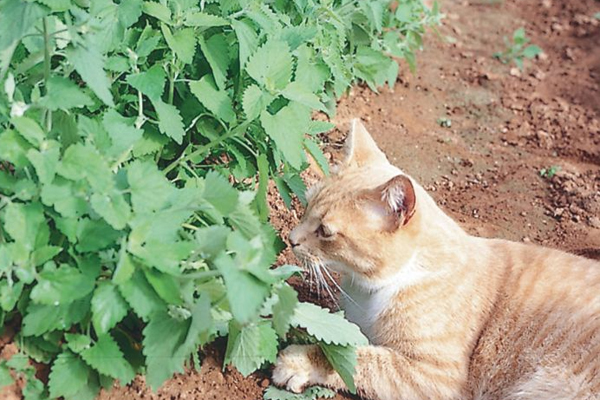
This one might be surprising. Catnip is a favorite of cats, but the smell that draws cats in, also repels insects! Catnip contains citronella oil as well as other insect deterrents so it will repel insects and mice when planted in conjunction with areas that open into your house. Keep in mind Catnip is a fast grower and can take over areas if you don’t manage it well.
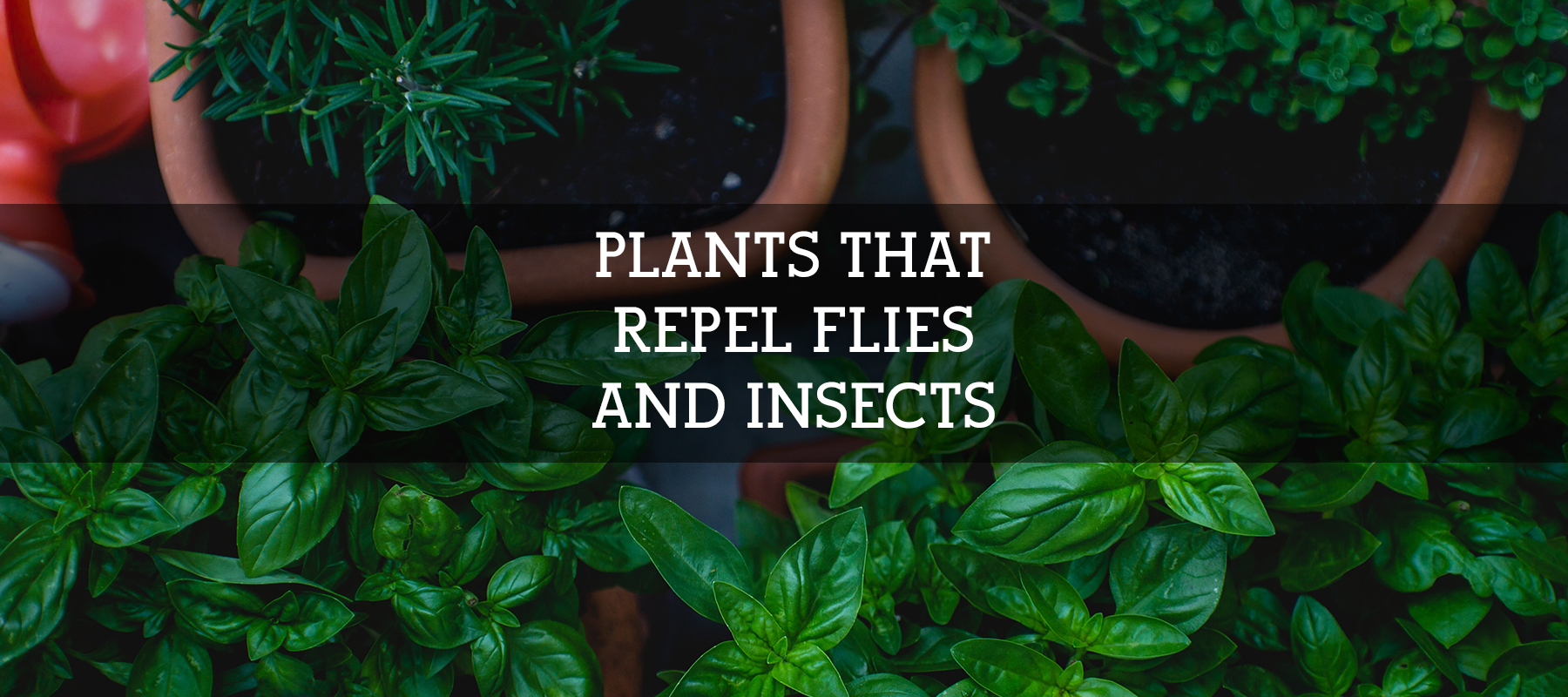





Leave a Reply
You must be logged in to post a comment.